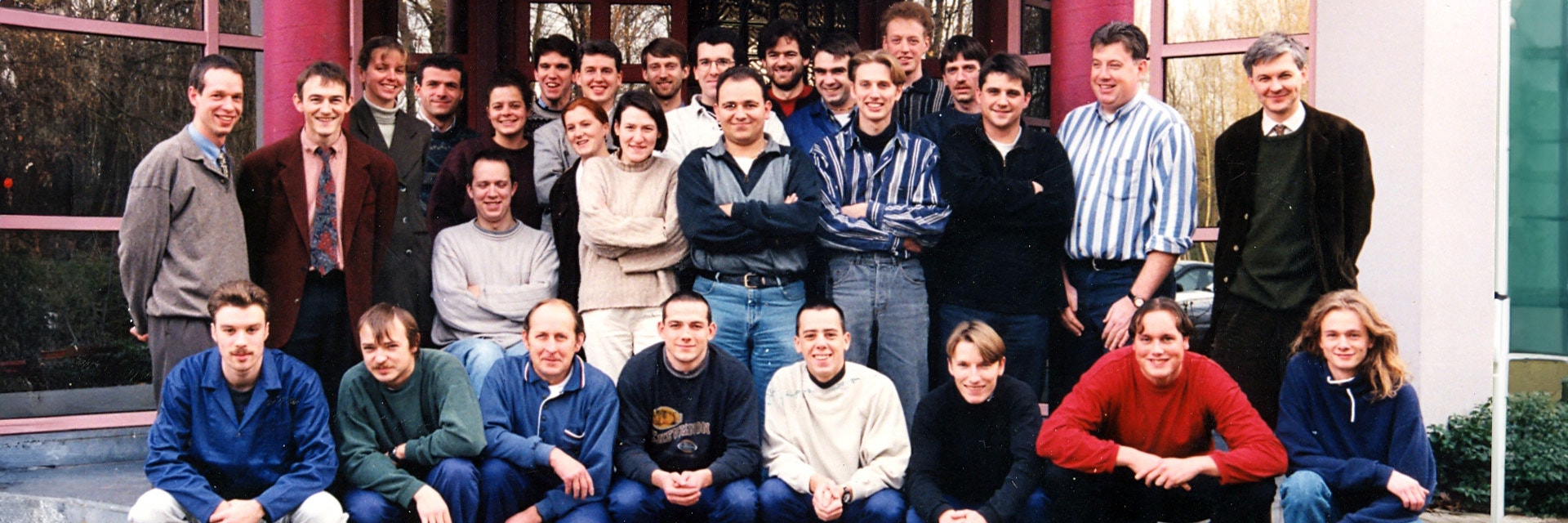LIFE AT MATERIALISE
Code, Collaboration, and Culture: Exploring Materialise’s Software Evolution
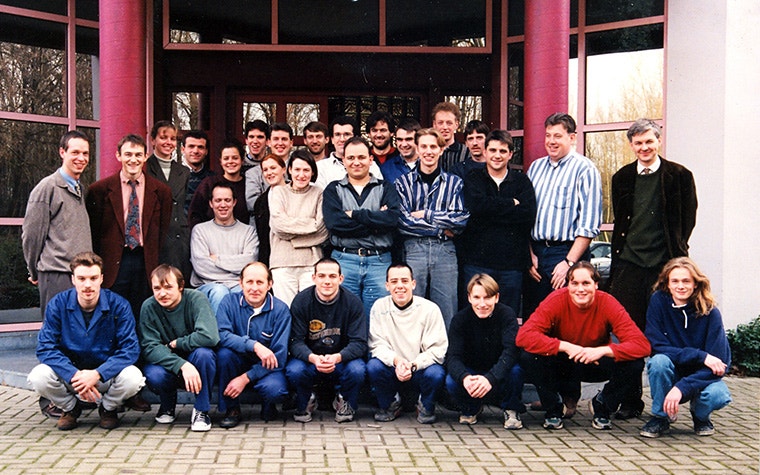
Additive manufacturing (AM) has come a long way since its inception in the late 80s. It was a novel technology that had the potential to revolutionize countless industries. Fast-forward a few decades, and it has — AM is shifting approaches, mindsets, markets, and limitations in industrial manufacturing. In this article, we explore how software innovation played a pivotal role in transforming the manufacturing landscape through the eyes of some of AM’s earliest innovators and share their tips for the next generation of AM visionaries.
“The youth of today are the leaders of tomorrow,”1 is a statement that resonates with many, and for good reason. Youth and innovation are often entwined; it’s increasingly more difficult to reinvent yourself later in life — unless your name is Colonel Sanders or Grandma Moses.2 Youth and innovation often spark change, and when combined with education, the three create a potent mix. In fact, these three elements helped make Materialise the company it is today, ultimately impacting the 3D printing (3DP) industry. The company has a close relationship with academic institutions globally, and this stems from its early years when Fried Vancraen, Co-Founder of Materialise and now Chairman of the Board of Directors, recruited the most talented graduates to join him. Materialise’s earliest innovators (and now some of the company’s most senior employees) were inspired by his vision of using cutting-edge technology to create applications and solutions for a better and healthier world.
“I stumbled upon Materialise during my master's thesis in 1990. The company had just been founded and Stereolithography was the topic I was covering in my thesis, which led me to Materialise. My thesis addressed challenges when printing parts in the early days of the technology. The lack of the internet and basic computing made the process quite different. However, after my thesis, Fried asked me to stay, and I’m still here,” says Johan Pauwels, Executive Vice President and Chief Operations Officer at Materialise.
“I share a similar story,” says Bart Van der Schueren, Chief Strategy and Technology Officer at Materialise. “I was in the final year of my master's program at the University of Leuven when I heard about Materialise. My promoter, Prof. Dr. Jean-Pierre Kruth, supported Materialise as a budding startup and wanted to know if I was open to being a part of this venture.
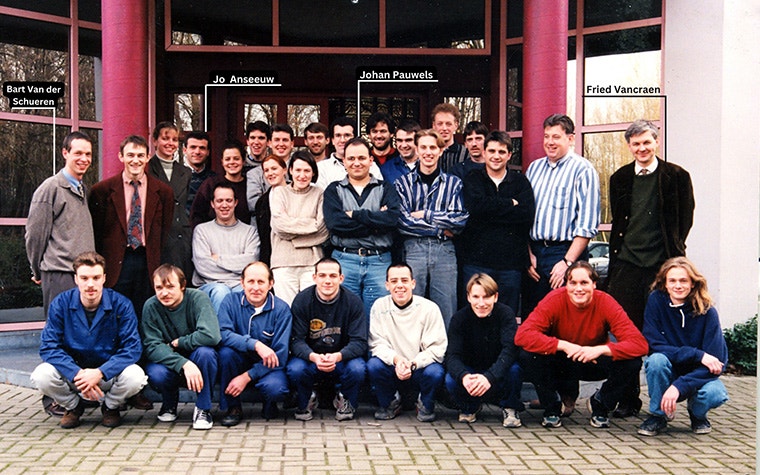

“Stereolithography was intriguing because it was a new technology, and as an engineer, I was naturally excited. I was a research assistant at the university and had access to student teams working on new projects like designing a 3D printer. Actually, Johan was part of my team, as he was a master’s student I was coaching at the time! He wrote several small software tools that would help Materialise have a faster turnaround from data to the machines,” concludes Bart.
“The software department was very small in the 90s; we were very close to the people who were preparing our rapid prototyping machines — what we call 3D printers nowadays. Since those early days, the code base increased tremendously, and we now have developers worldwide,” adds Jo Anseeuw, Managing Director at Materialise Japan.
In just over 34 years, Materialise has grown to become an industry leader in AM software solutions, with development centers in Leuven (Belgium), Kyiv (Ukraine), Kuala Lumpur (Malaysia), Bremen (Germany), Princeton, and Lexington (USA), as well as sites in Spain and Colombia. With offices in every corner of the globe, the company is well-positioned to meet the challenges of tomorrow and clearly indicates the software division’s multinational flavor.
How AM software changed industries worldwide
Technology is improving at a rapid pace, and AM is no different. Materialise’s initial 3D printing software in the 90s used a non-graphical user interface (GUI). “It was developed in DOS using Turbo Pascal, which translated data, like the design of a part, into instructions for the machine,” says Johan. However, you only have to look at the success of the Macintosh System Software and Microsoft’s Windows launched during that era to realize that a visual GUI was the way forward. “The challenge at that time was selling such software, as it primarily operated in the background as batch routines. We gradually progressed to working on Materialise Magics, our first software with a GUI, designed for internal and external use,” he says.
“We've been very innovative from the beginning. For example, we explored different ways we could use our 3D printing technology for medical applications. This resulted in the first-ever 3D-printed medical model. This pioneering research birthed our medical unit and laid the foundation for our formidable 3D printing capabilities,” says Bart. The team recognized that industrial designers working for small and large organizations were searching for software to optimize their processes. Materialise filled in the gap, democratizing the 3D printing field and allowing those interested in AM to forge a new path. “Our dual focus was on software and industrial manufacturing, with the software unit initially combining medical and industrial software. In 1994, we launched Materialise Mimics and then Magics,” says Bart.
Magics (or Materialise Automatic Generator and Interactive Controller for Supports) was developed to address the daily challenges associated with production and solve important issues like the lack of support generation in 3DP. The tool managed to streamline the AM production process and has been an industry favorite ever since.

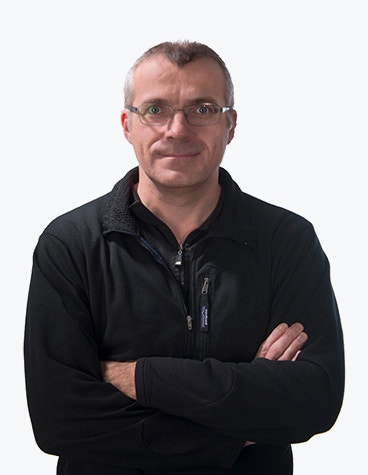
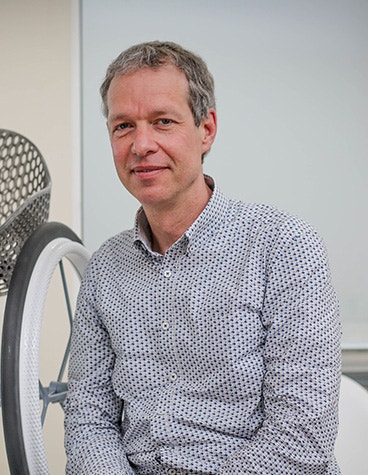
Johan Pauwels, Executive Vice President and Chief Operations Officer; Jo Anseeuw, Managing Director at Materialise Japan; and Bart Van Der Schueren, Chief Strategy and Technology Officer.
“Software development has been pivotal for our organization from the start because our tools have always been used internally before we put them on the market,” says Jo. “We can trace this back to days when we printed STL files for our initial medical models based on DICOM data, which was a challenging process at the time. To illustrate the importance of software, I remember when Fried asked us to think of a way we could offload heavy STL-slicing from a workstation to a server so that the operator using Magics could be more productive. Such a change would mean they could prepare more parts, as the slicing could be done by a standalone server in the background. The R&D team made an ingenious conceptual change in Magics’ code, increasing its speed to such an extent that the server idea was immediately off the table,” he says.
Such innovation is crucial and can give companies a competitive advantage. Many companies keep software breakthroughs in-house to remain dominant in their industries. Materialise took a different approach. “The decision to commercialize our software was crucial. Should we keep this to ourselves to benefit our own internal business units or offer our innovations as a product or service to our colleagues in the 3DP market? We decided on the latter because we believed that by doing so, we could contribute to the industry’s growth. This was a decisive decision for us and the 3D printing industry,” says Johan.
How AM software enabled automation and personalization
AM’s software evolution has contributed to the growth of personalized 3D printing, with automation playing a key role. For example, automation of the design process revolutionized the hearing aid industry. Materialise partnered with PHONAK, now known as Sonova, to develop automated design software for hearing aids to address the laborious and often time-consuming design process. This transformation enabled the industry to embrace a fully digital experience, which had knock-on effects for other sectors. “Similar principles were applied to medical fields where design automation enabled the creation of personalized items like knee guides and dental implants,” says Johan.
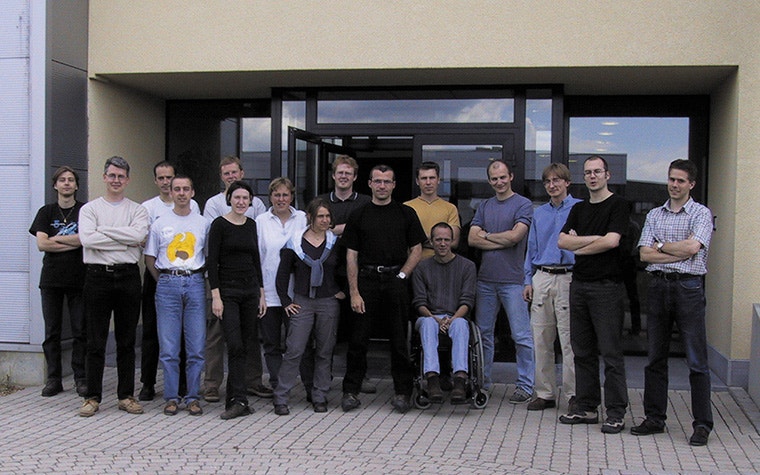

The Materialise Magics Dental Module benefited from automation, allowing clinical engineers and dentists to automate 3D printing preparation for mass personalization — helping them save on time and costs. And it all came to fruition from software innovation. “I was involved with the automation of dental guides that we made at that time,” says Jo. “It was an internal tool, and I had to write a complex wizard that allowed the operators to input some basic info about the guides that would then spit out fully prepared guides, ready to put in the 3D printer. It was my first real experience with the power of automation, and although the system is not in use anymore, it was something I was extremely proud of.”
As you can see, personalization has become a key driver for certain industries. The ability to automate design and work with patient-specific data opened up many new possibilities, which benefits Materialise and multiple industries such as eyewear, orthotics, medical, and more. “The software department's growth played a crucial role in our success, propelling us into the forefront of 3D printing and personalized manufacturing,” states Johan.
How software innovation empowered career growth and tips for AM visionaries
At Materialise, passionate individuals drive meaningful innovation and sustainability. And we believe our success is down to fostering a people-centric approach within our organization. Software innovation is the glue that cements our business units together and is the secret sauce that helps us maintain our edge.
“The collaboration between our software developers and our other business units allows our developers to witness the direct impact of their creations, fostering a sense of personal value and innovation within our software organization. It’s the driving force behind our success,” says Bart.
“Code and software can be beautiful, but in the end, you’re making something that should solve somebody’s problem and make a difference.”
— Jo Anseeuw, Managing Director of Materialise Japan
This collaboration ensures practical, real-world solutions, which will enable game-changing innovations, such as our vision for an entire 3D printing factory. Plus, the rise of AI and machine learning means we can actively integrate these technologies into our products to continuously adapt to market demands. “I agree with Bart’s view about collaboration and cross-unit fertilization,” says Johan. “These two characteristics and the ability to change by adopting a no-nonsense approach can be a powerful combination. It’s about leveraging our collective expertise; I encourage our next AM innovators to use their skills to seek opportunities that will help us all grow. This will help them, us, and the community to reach new heights,” he says.

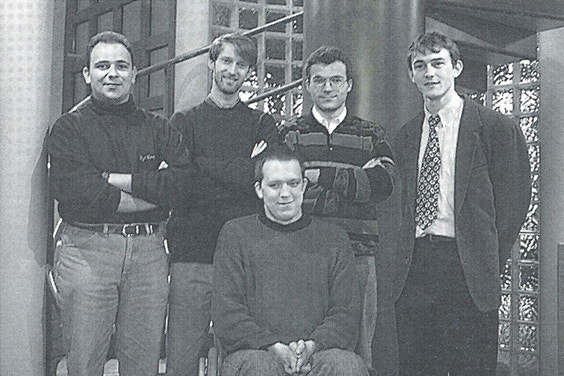
Passion, face-to-face or virtual networking, and active listening are also skills that our people and the next generation of AM innovators need to shape the industry going forward. "Several of our original developers are still at Materialise, so there’s a lot of in-house knowledge at our new employees’ fingertips,” states Jo. “Asking why something was developed or designed a certain way will bring fresh insights and ideas on how it could be improved or identify potential pitfalls. And listening carefully is just as important, especially if you work in a multicultural, multilingual environment like at Materialise. However, passion is extremely important. People with a passion often will be able to handle challenges, setbacks, and find creative ways to reach a goal,” he says.
Fostering long-term relationships and meaningful applications with software innovation
Passion, adaptability, a growth mindset, and a youthful, inquisitive attitude are key ingredients for AM software innovation. Not to mention soft skills like collaboration and active listening. These skills have helped us build meaningful applications for our customers, long-term relationships with our partners, and a sense of purpose for all our employees. Software innovation transformed our company in the past, impacting the present state of the 3D printing industry for the better. And it will continue to benefit AM and other industries for years to come.
“Code and software can be beautiful, but in the end, you’re making something that should solve somebody’s problem and make a difference. We often use the term “meaningful applications,” which, in my view, means helping our customers make products that add value. The software department is our way of achieving this as part of a sustainable business model, and we’ll continue to do this by remaining true to a long-term vision. To be successful at Materialise, you must care about our customers and our industry and think long-term so that we can make a lasting impact together,” concludes Jo.
Share on:
You might also like
Never miss a story like this. Get curated content delivered straight to your inbox.
